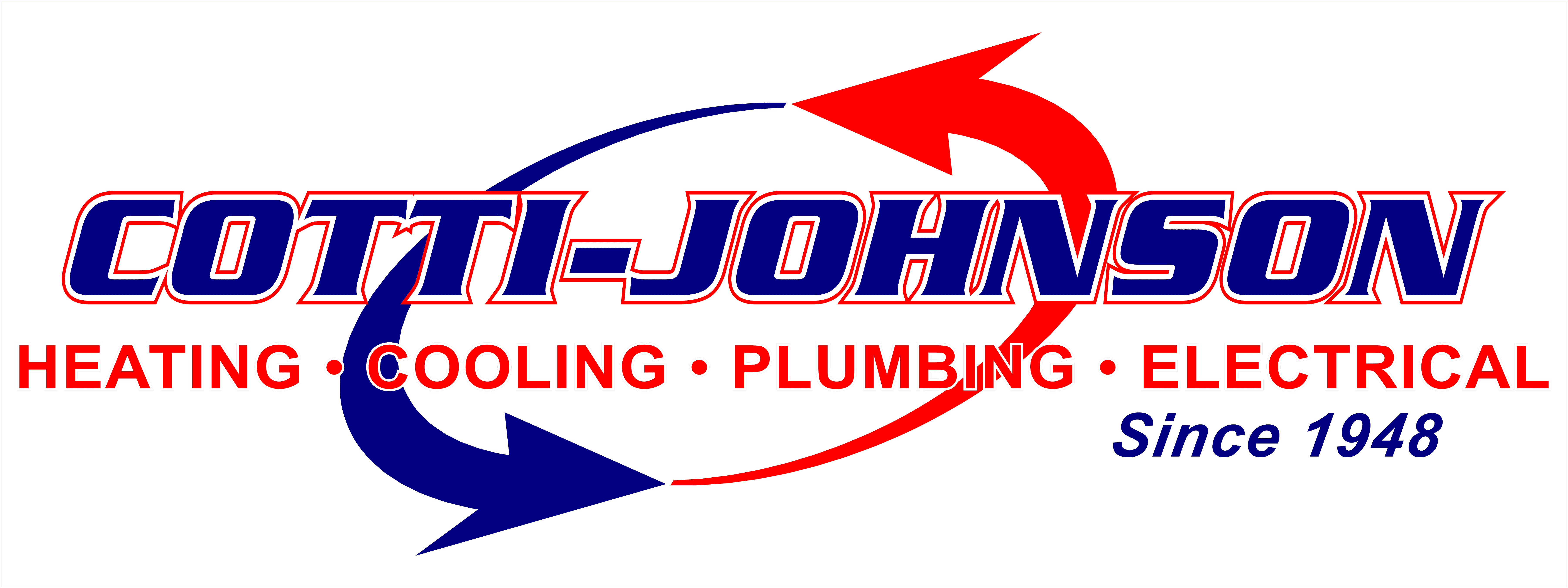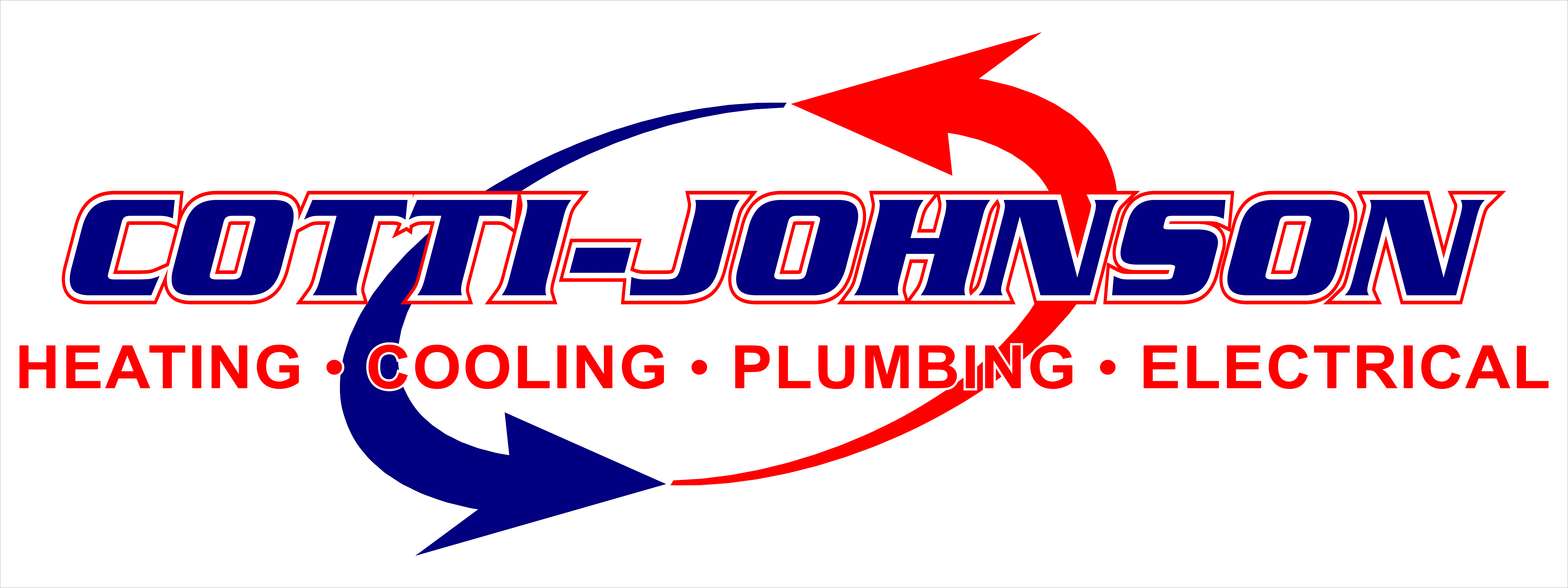Protecting Your HVAC System from Seasonal Hazards
Fall is a beautiful season, but it also brings some unique challenges for homeowners. As the temperature starts to drop, it's important to ensure that your HVAC system is ready to keep you warm and comfortable throughout the colder months. To help you prepare, we've put together a comprehensive fall home safety checklist that will not only safeguard your HVAC system but also keep your home safe and efficient.
Read on to discover the essential steps you need to take this fall.
1. Clean and Inspect Your HVAC System
Regular maintenance is crucial for the optimal performance of your HVAC system. Start by cleaning or replacing the air filters to improve indoor air quality and prevent dust buildup. Next, inspect the system for any signs of wear and tear, such as loose wires, leaks, or strange noises. If you notice any issues, it's best to schedule a professional inspection and repair service to address them promptly.
2. Clear Debris from Outdoor Units
Fallen leaves, twigs, and other debris can accumulate around your outdoor HVAC unit, hindering its airflow and efficiency. Make sure to clear the area around the unit, removing any obstructions that could potentially damage the system or cause it to malfunction. Additionally, consider covering the unit with a breathable cover to protect it from harsh weather conditions.
3. Seal Air Leaks and Insulate
Preventing heat loss is essential for energy efficiency and reducing your heating bills. Inspect your home for air leaks around windows, doors, and electrical outlets. Seal any gaps or cracks with weatherstripping or caulk to keep the warm air inside and the cold air out. Additionally, consider adding insulation to your attic, walls, and basement to further enhance your home's energy efficiency.
4. Test Smoke and Carbon Monoxide Detectors
With the increased use of heating systems during fall and winter, it's crucial to ensure your home is equipped with functioning smoke and carbon monoxide detectors. Test these devices regularly and replace batteries if needed. Remember, carbon monoxide is an invisible and odorless gas that can be life-threatening, so never underestimate the importance of having working detectors in your home.
5. Schedule a Professional HVAC Inspection
While there are several steps you can take on your own, it's always a good idea to have a professional HVAC inspection before the colder months arrive. A trained technician will thoroughly examine your boiler, furnace, or other heating system, identify potential issues, and perform necessary maintenance tasks to ensure optimal performance and safety throughout the season.
Get Ready for Fall with Cotti-Johnson
By following this fall home safety checklist, you can protect your HVAC system, improve energy efficiency, and ensure a safe and comfortable living environment for you and your family. Remember, Cotti-Johnson HVAC, Inc. is here to assist you with all your HVAC needs.
Contact us today to schedule a professional inspection and take advantage of our expert services.


